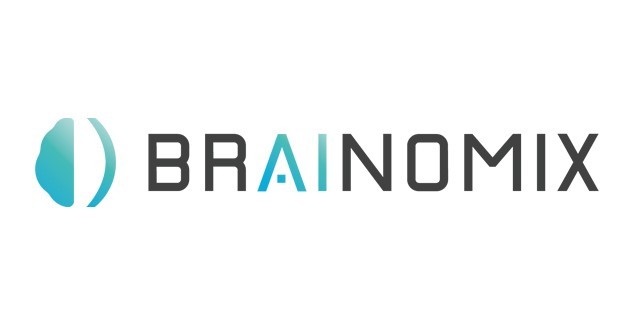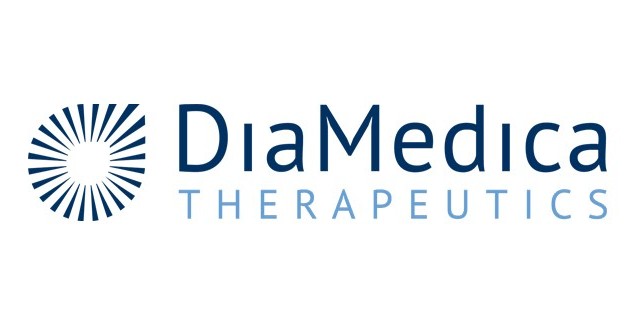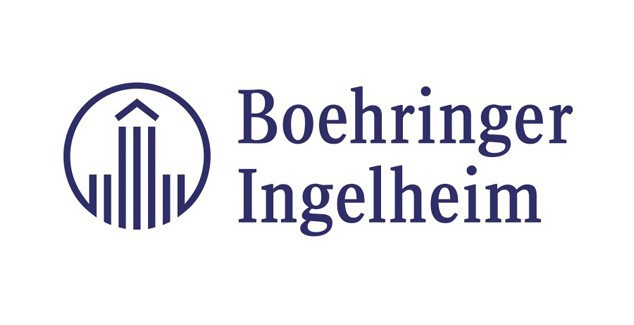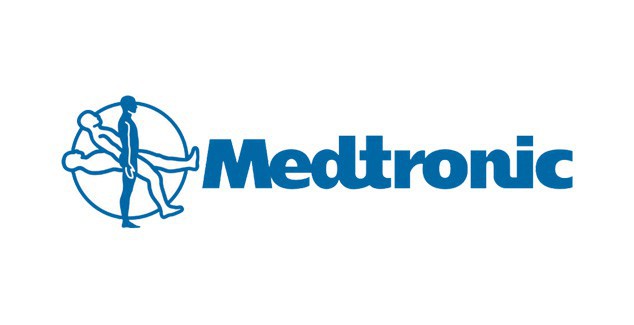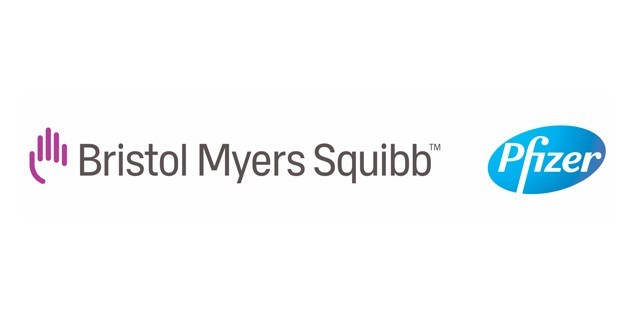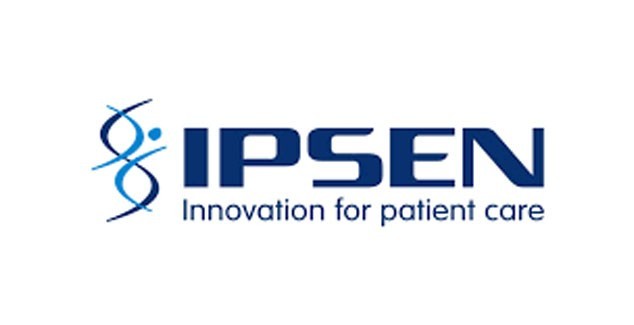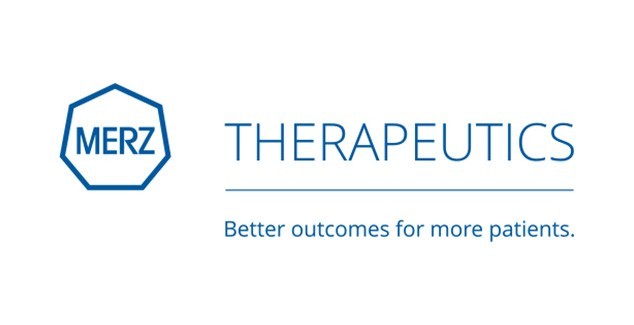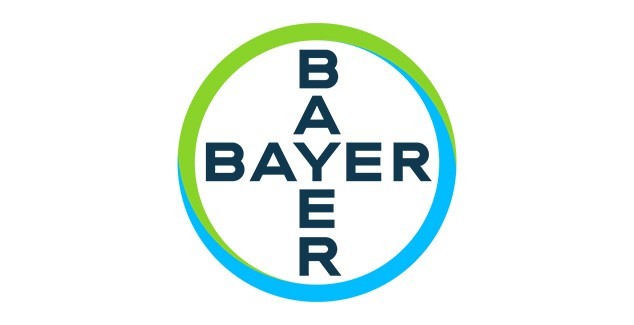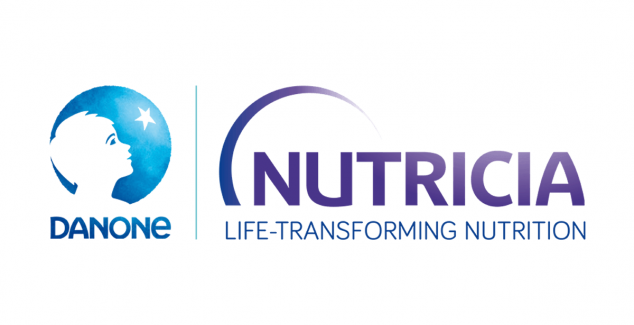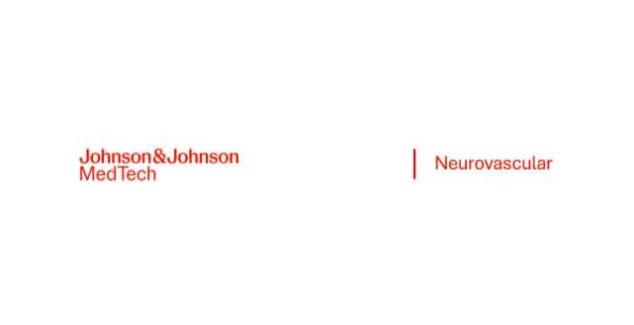Anyone who has lost a loved one or knows a survivor can tell you the personal cost of stroke is incalculable. From lost mobility, brain function and communication issues to chronic fatigue, depression and memory loss, stroke is a personal catastrophe for millions every year. But stroke has a financial cost too, there’s the cost to governments of acute treatment, rehab and on-going care; the out-of-pocket costs to survivors, spouses, children; lost income for family and friends who have to give up work to provide care and support. Importantly there’s also the drag weight that slows sustainable economic development in countries already struggling with the complexity of providing essential levels of health care.
This year for the first time a World Stroke Organization expert group has been able to put a price tag on the global cost of stroke - and it is staggering. Using data from a sample of countries representing high, middle- and low-income countries around the world, The Lancet Public Health article sets out the estimated treatment, rehabilitation, and indirect costs for stroke are more than US$700 billion annually. If the current trends in stroke burden continue, by 2030 the cost of stroke to the global economy will be over US$1 trillion. These estimates are likely to be conservative, because they do not account for out-of-pocket costs and income losses arising from the added responsibilities falling upon caregivers who may have to give up paid work.
This quantification of global cost is part of a sustained effort by the WSO to motivate and mobilize governments to develop cost effective public health prevention strategies to address a stroke trajectory that shows established methods of prevention are failing to stem the tide on stroke. Over the past three decades the number of strokes has actually increased by 70%. Over 40% more people are dying from stroke than thirty years ago and the number of healthy years of life lost to stroke related disability has gone up by almost a third. Almost all of this increased burden is being experienced in low- and middle- income countries, where someone is more likely to experience stroke when they are on average 15 years younger than their wealthier counterparts and where the costs of stroke at personal and macro-economic level are hardest to bear.
The presentation of the global economic costs and disease burden provides compelling context for WSO’s sustained effort to motivate and mobilize governments around the world to urgently develop evidence-based public health prevention strategies for stroke. The WSO expert group has set out a strategic roadmap to address the challenges that have prevented significant progress on stroke globally. If implemented, this roadmap would reduce stroke incidence by between 50-90% within 10 years. Taxation of harmful substances, tobacco control, task shifting, improved public awareness of risk factors and use of motivational eHealth technologies facilitated by community health workers trained to support screening and management of the key clinical drivers of stroke -hypertension, diabetes and arial fibrillation - would impact not just on stroke prevention but help governments to drive down cardiovascular disease, diabetes, dementias and a number of cancers.
WSO has developed a strategic roadmap that incorporates interventions at policy level as well as reducing and managing individual risk. Their roadmap emphasises population-based approaches over the identification and treatment of high-risk patients. The individually focused high-risk approach has been the most prevalent while numbers have continued to rise exponentially. Implementation of more inclusive interventions, that reduce health inequities and address risk factors in countries and communities is more likely to turn the tide.
Population level interventions
-
Reduce inequities and other social determinants of stroke and cardiovascular disease for example by implementing targeted ‘Healthy Cities’ programs that promote and support access to exercise and healthier food choices.
-
Implement taxation and control measures to address the impact of harmful substances such as tobacco, alcohol, sugar and trans-fats.
-
Establish multi-sectoral public health partnerships that can provide integrated solutions to address the socioeconomic and environmental drivers of stroke and cardiovascular diseases
-
Provide universal health coverage to support identification and low-cost management of clinical risk factors for stroke including high blood pressure and diabetes.
Individual level interventions
-
Cardiovascular disease strategy that identifies and manages people at any level of increased risk of CVD by clinicians – focused on blood pressure and healthy lifestyle.
-
Employment and training of community-based health workers supported by eHealth technologies that create linkages that allow task shifting and sharing with clinicians as well as self-management and monitoring of risk factors by the public.
-
Development of culturally relevant individual primary prevention strategies for identification and management of people at risk of stroke using eHealth technologies such as the WSO and WHF endorsed StrokeRiskometer.
-
Deliver on-going culturally relevant and motivational stroke awareness campaigns supported by risk factor education
Case Study: Mobilize! Task shifting and technology for stroke prevention in Brazil
Brazil is home to neurologist and WSO President-elect Prof Sheila Martin, in 1995 stroke was the leading cause of mortality and disability in the country and since then there has a growing understanding of the need for coordinated action on prevention to support sustainable development and to enable the development of quality of acute care. This year the country is piloting a program, in collaboration with Novartis that aims to pilot the implementation of training and task-shifting population primary prevention through the training and deployment of humdreds of Community Health Workers. Supported by mobile technology including the WSO endorsed StrokeRiskometer, Mobilize!Brazil will complement other work evaluating the effectiveness of low dose prevention medication for those with two or more stroke risk factors.
Community health workers from across the country join online training on stroke risk factors and prevention, behaviour modification, screening and management of hypertension and atrial fibrillation (irregular heartbeat). The training will layer onto existing WHO HEARTS and Better Cities initiatives already supported by Novartis to provide an holistic approach that mirrors key aspects of the WSO Prevention Roadmap. CHWs will be directed to translated public information resources and sensitized to the use of mobile technologies to measure, motivate and track stroke risk factors in the community.
Following the training, the StrokeRiskometer will be used with communities to conduct assessments and familiarize individuals with their lifetime risk of stroke, highlighting where this can be reduced, and sharing information on relevant risk factors and prevention. Motivational push notifications have been designed to help keep 3000 participating individuals engaged over the course of the program. Follow up on participants is scheduled to take place at 6 months. This will measure the impact of the CHW and technology intervention on individual risks. User feedback from both end users and community health workers will also be gathered to help refine and develop the effectiveness of the app and to tailor the program prior to expansion both within Brazil and potentially in other countries around the world.

 Member login
Member login
